✓ Joining us on our Whatsapp Channel: 💬 Explore and Escape!.
Booking through us:
✓ 🏩 🛌 Handpicked Luxury Stays in Budget: Booking.com | Agoda.com
✓ 🍹⛱️ Deals on Private xfers, SIM Cards, City tours, Day trips : 📍🗺️ GetYourGuide | 🛵🧳 Klook
There are an array of things to do in France, with Auxerre sharing quite a few of those!
Nestled within the rolling hills and winding rivers of Burgundy, the charming town of Auxerre is a hidden gem just waiting to be discovered.
Whether strolling down its cobblestone streets, admiring its Gothic architecture, or savoring a glass of local wine at a quaint bistro, there is no shortage of things to do and experiences to be had in this enchanting French town.
Without further ado listed below are some of the most fun things to do in Auxerre:
1. Abbey of Saint-Germain d’Auxerre

A Romanesque abbey church located in the city of Auxerre, France.
What to see or do: Admire the impressive Romanesque architecture of the church which dates back to the 9th century. Marvel at the intricate sculptures and the beautiful stained glass windows that adorn the church.
Take a guided tour to learn about the history and significance of the abbey.
Don’t miss: The tomb of Saint Germain, the patron saint of Auxerre, located inside the church. Also, don’t miss the exceptional views of the surrounding city from the top of the abbey tower.
Insider travel tips: Check the schedule for mass and other religious services so that you can plan your visit accordingly. The main altar is particularly impressive, so make sure to spend some time exploring it.
Additionally, note that the church can be quite busy during peak tourist season, so try to visit during non-peak hours if you can.
2. Auxerre Cathedral
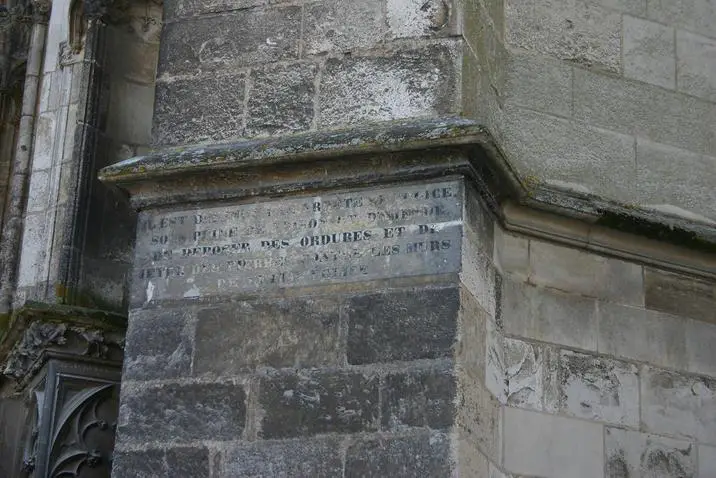
Auxerre Cathedral is a Roman Catholic Cathedral located in Auxerre, France.
What to see or do: The cathedral boasts breathtaking Gothic architecture – be sure to admire the intricate details of the stained glass windows, carved stone sculptures, and the ornamental rood screen.
Take a walk around the beautiful cloisters, which are also a great spot for photo opportunities.
Don’t miss: A visit to the crypt, which houses the remains of Saint Germain – the bishop of Auxerre in the 5th century.
The crypt also has interesting exhibits about the cathedral’s history and architecture.
Insider travel tips: If you’re lucky, you might catch one of the many organ concerts that take place in the cathedral throughout the year.
Keep in mind that the cathedral’s opening times can vary, so check ahead before planning your visit.
Additionally, it’s worth noting that the stone floors can be quite slippery, so wear comfortable and sturdy shoes when exploring the cathedral.
3. Clock Tower of Auxerre
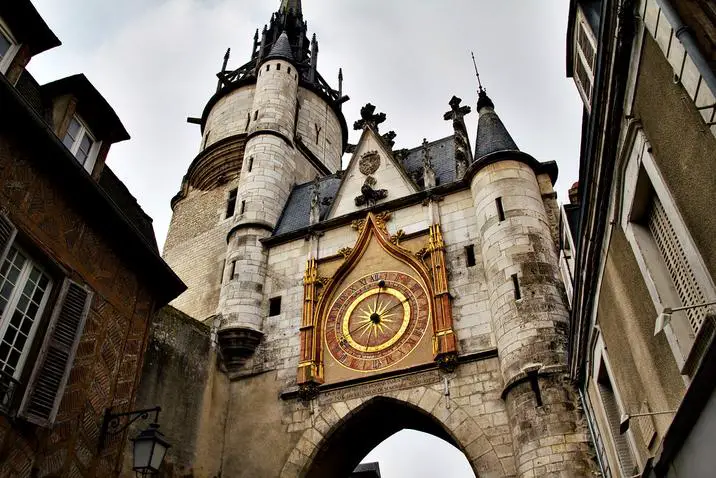
The Clock Tower of Auxerre is a historic tower located in the center of the city of Auxerre in France.
It was built in the 15th century as part of the city’s fortifications and has since become one of the most recognizable landmarks in the city.
What to see or do: Visitors can climb to the top of the tower to get a panoramic view of the city and the surrounding countryside.
The tower also houses a museum with exhibits that showcase the history of Auxerre.
Don’t miss: One of the most unique features of the Clock Tower is its mechanical clock, which dates back to the 16th century.
Visitors can see the clock mechanism in action and hear the chimes that mark the hours.
Insider travel tips: Be sure to wear comfortable shoes if climbing to the top of the tower, as the stairs can be steep. The museum inside the tower is closed on Mondays, so plan your visit accordingly.
Additionally, consider visiting the tower during the annual Nuit des Musées event in May, when many museums in France offer free admission and extended hours.
4. Musee Leblanc-Duvernoy

What to see or do: Explore the extensive collection of artifacts, paintings, and sculptures that date back to the Gallo-Roman period. Admire the Gothic architecture of the building, which used to be a hospital.
Don’t miss: The stunning 15th-century tapestries depicting scenes from the life of Saint Stephen.
Insider travel tips: Guided tours are available for groups, and the museum often hosts temporary exhibitions, so be sure to check their website before visiting.
The museum is closed on Tuesdays and public holidays.
5. Pont Paul Bert
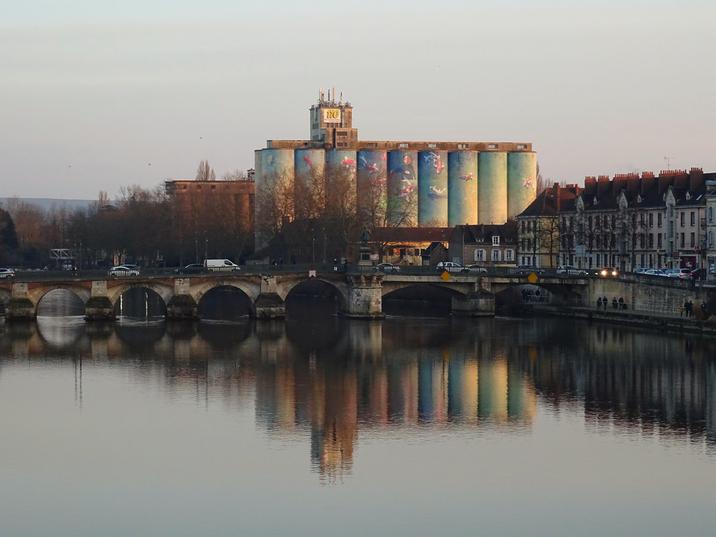
Pont Paul Bert is a beautiful historic bridge that spans over the Yonne River in the city of Auxerre, in the Burgundy region of France.
What to see or do: Take a stroll over the bridge and admire the stunning views of the river and the surrounding cityscape.
You can also stop for a picnic at one of the benches along the bridge or watch the boats passing by.
Don’t miss: The impressive architecture of the bridge with its intricate details and sculptures, and the opportunity to take some great photos from different angles.
Insider travel tips: Visit Pont Paul Bert during the morning hours when there are fewer crowds and the light is perfect for photography. Also, consider taking a riverboat tour to see the bridge and the city from a different perspective.
6. Musée-Abbaye Saint-Germain
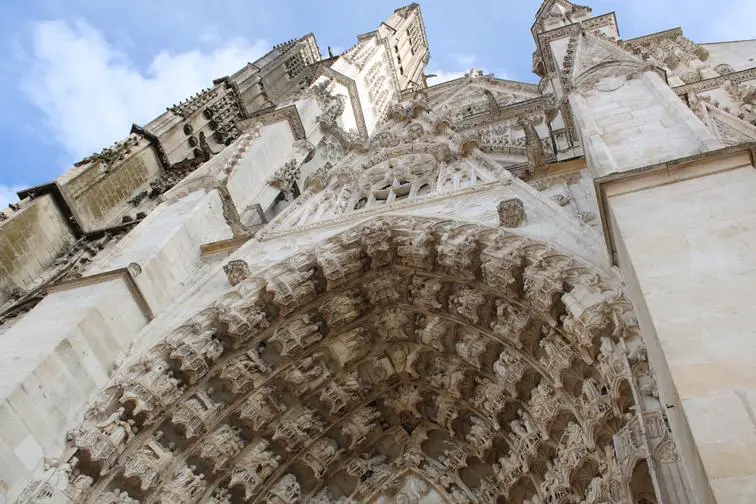
Musée-Abbaye Saint-Germain is a museum located in the town of Auxerre, France. It houses an impressive collection of art and artefacts from the Middle Ages and Renaissance periods.
What to see or do: Visitors can see a wide range of exhibits that showcase the rich history of the region. There are collections of Gallo-Roman sculptures, medieval illuminated manuscripts, and iconic works of art from the Renaissance period.
You can also explore the stunning architecture of the former abbey.
Don’t miss: Do not miss the famous crypt, which contains ancient ruins dating back to the Roman Empire. It is one of the best-preserved examples of this type of architecture in France.
Insider travel tips: Visit during the off-peak season to avoid crowds.
7. Jardin des Remparts
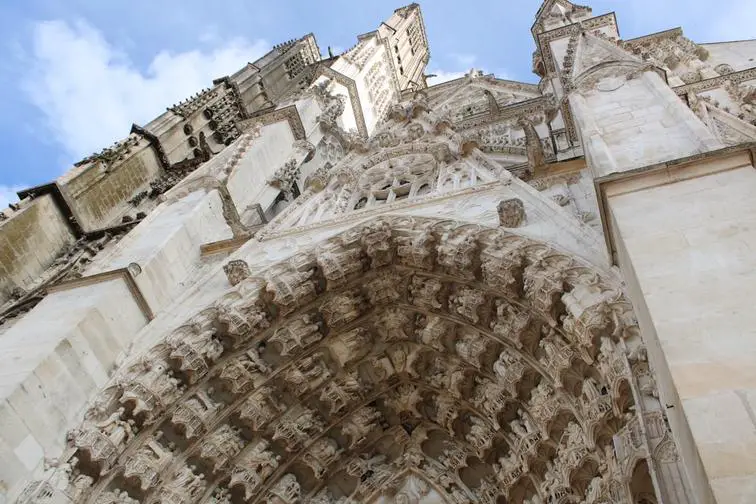
Jardin des Remparts is a beautiful park located in the heart of Auxerre, France, known for its breathtaking scenery and historic significance.
What to see or do: Take a leisurely stroll through the well-maintained grounds, admire the stunning views of the nearby river, and take in the awe-inspiring architecture of the old city walls.
The park is also home to a variety of plant species, making it a popular destination for nature lovers.
Don’t miss: Be sure to visit the historic watchtower that stands proudly in the center of the park – this is one of the last remaining towers of Auxerre’s ancient rampart system.
The panoramic view from the top is simply stunning.
Insider travel tips: Visit during the early morning or late evening to avoid the crowds and get the most out of your visit. Be sure to bring a camera as there are plenty of photo opportunities throughout the park.
Additionally, check for any scheduled events that coincide with your visit, such as concerts or festivals, to enhance your experience even further.
8. Place des Cordeliers
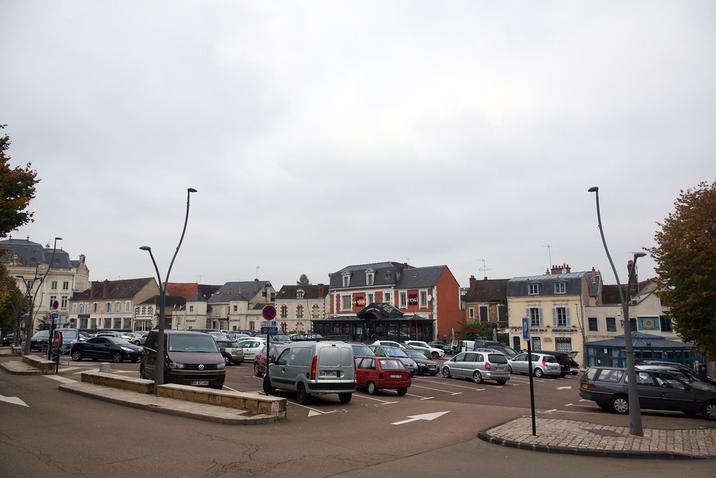
A historic square located in the heart of Auxerre, a charming town in Burgundy, France.
What to see or do: Take a stroll through the Place des Cordeliers and admire the beautiful 18th-century architecture. The square is surrounded by elegant buildings such as the Hôtel des Postes and the former church of Cordeliers.
You can also enjoy a coffee or a meal on one of the many outdoor terraces.
Don’t miss: The fountain at the center of the square, which was built in the 18th century and represents the river god Naiad.
It is a true gem of the town.
Insider travel tips: Visit the Place des Cordeliers early in the morning or late in the afternoon to avoid the crowds.
If you’re feeling adventurous, climb up to the top of the Hôtel des Postes for a beautiful panoramic view of the town.
9. Maison de Colette
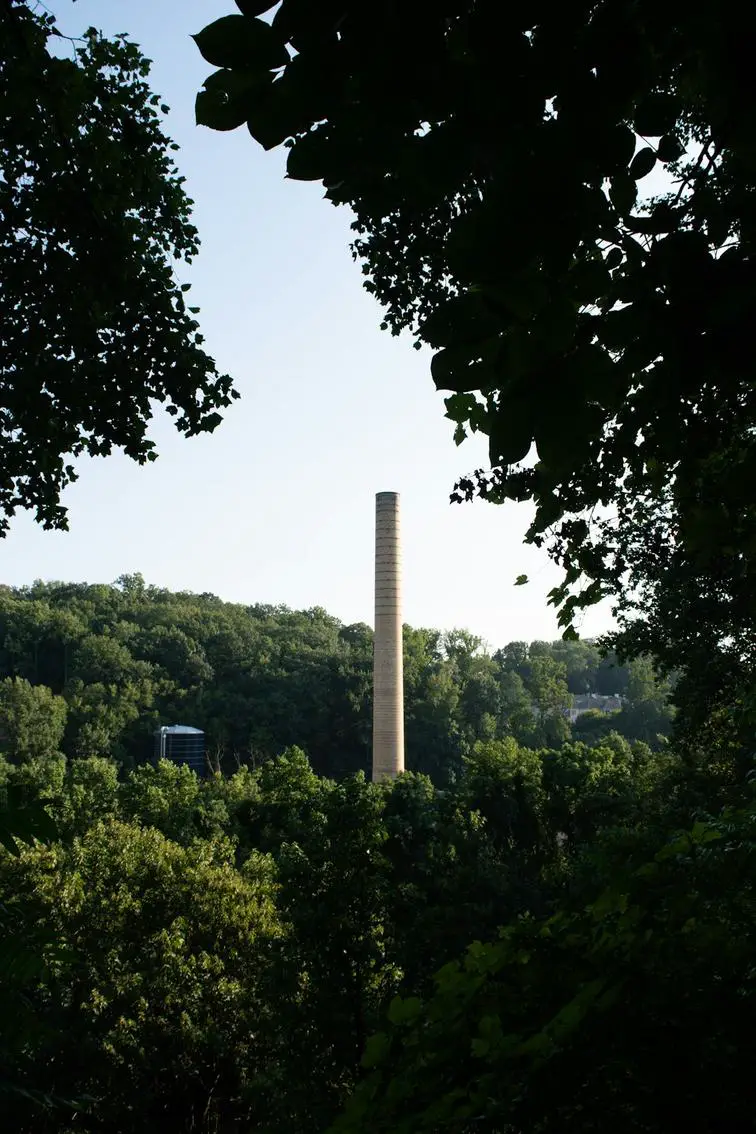
Maison de Colette is a museum dedicated to the life and work of French author Colette, located in her childhood home in Auxerre.
What to see or do: Visitors can explore the various rooms of the house, including Colette’s childhood bedroom and her writing studio. There are also displays of personal belongings, manuscripts, and photos that offer insight into her life and literary career.
Don’t miss: Be sure to check out the beautiful gardens surrounding the house, which were often the setting of Colette’s stories.
Insider travel tips: Consider taking a guided tour to get a more in-depth understanding of Colette’s life and work. Also, keep in mind that the museum is closed on Mondays and Tuesdays.
10. Chapelle des Visitandines
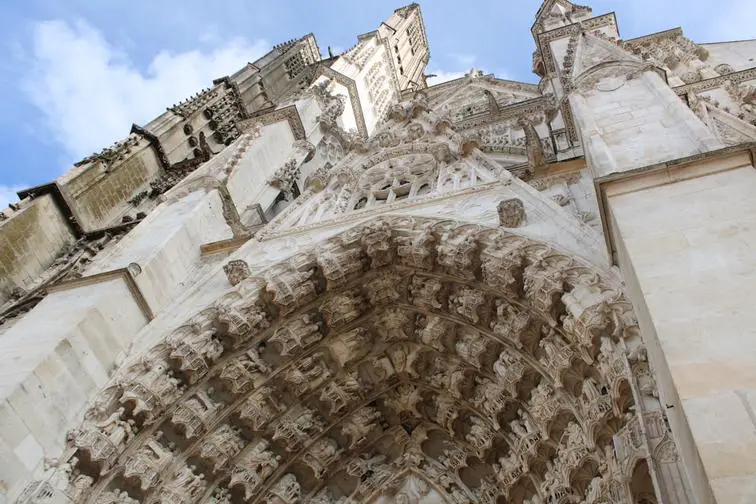
Chapelle des Visitandines is a beautiful Baroque church located in Auxerre, France.
What to see or do: Visitors can explore the stunning architecture and detailed decorations inside the chapel, including colorful frescoes, intricate stonework, and grand sculptures. It’s a great place for art enthusiasts and those interested in religious history.
Don’t miss: Don’t miss the ornate altar, which features a striking gold canopy and beautifully crafted figures. The chapel’s impressive ceilings and domes are also not to be missed.
Insider travel tips: – The chapel is open to the public on certain days and times, so be sure to check the schedule before planning your visit.
11. Maison de l’eau et de la nature
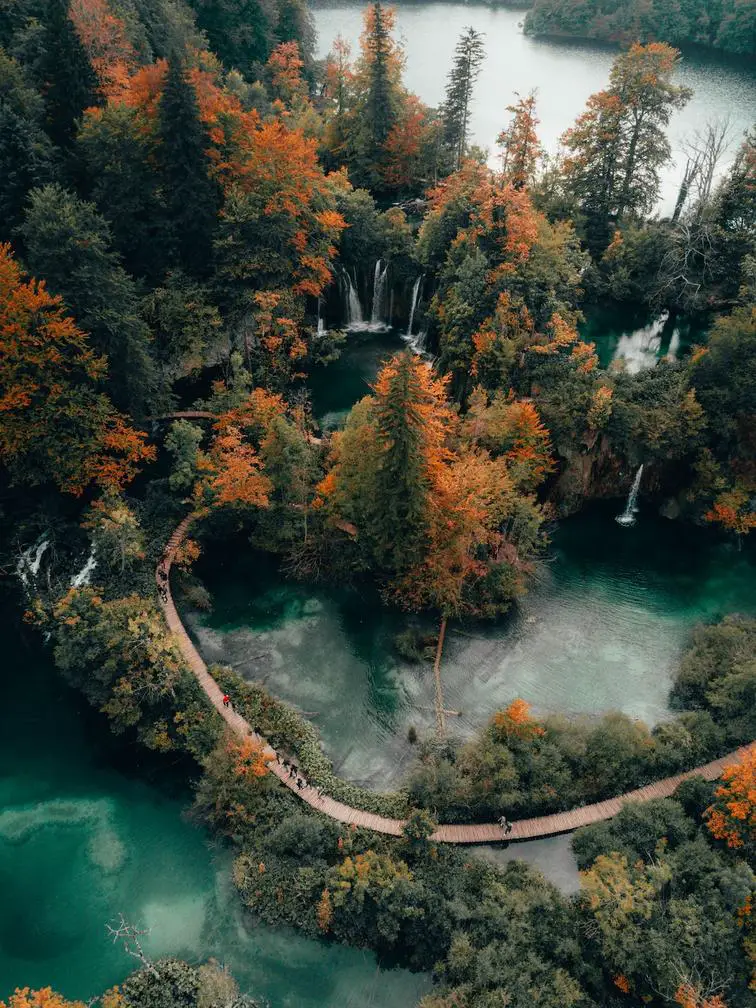
Maison de l’eau et de la nature is an interactive museum in Auxerre, France, dedicated to natural history and water cycles.
What to see or do: The museum features exhibits showcasing the flora and fauna of the region, as well as hands-on displays that explain how water is collected, treated, and distributed in the area.
Visitors can explore the indoor and outdoor spaces, which include a botanical garden, an aquarium, and a greenhouse.
Don’t miss: The highlight of the museum is the 360-degree video projection room that takes visitors on a virtual journey along the Yonne River.
Insider travel tips: The museum is best visited on a sunny day when the outdoor spaces are at their most vibrant. Guided tours are available in French, and English translations are available for some exhibits.
Visitors should also check out the gift shop, which sells locally made jams, honey, and other products.
12. Musée de la Résistance en Morvan
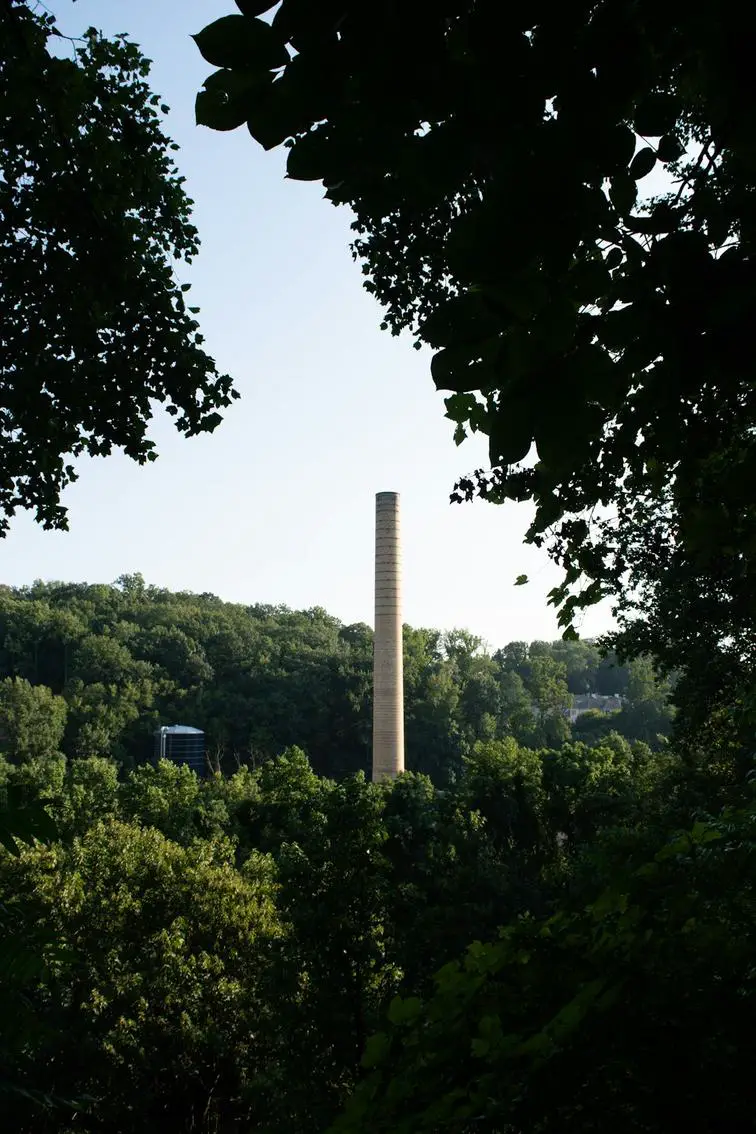
The Musée de la Résistance en Morvan is a museum dedicated to the French Resistance during World War II, located in Saint-Brisson, near Auxerre.
What to see or do: Visitors can explore the museum’s permanent exhibition, which includes artifacts, photographs, and documents related to the French Resistance and the Morvan region’s role in the movement.
There are also temporary exhibitions on various subjects related to World War II.
Don’t miss: Don’t miss the recreated Resistance fighter camp in the museum’s courtyard, complete with a camouflage net, a radio transmitter, and other equipment used by Resistance fighters.
Insider travel tips: If you’re interested in the history of World War II, this museum is a must-visit. It’s a small museum, but it’s packed with information and artifacts.
Be sure to take the time to explore the outdoor exhibit as well as the indoor exhibits.
13. Abbaye de Vézelay
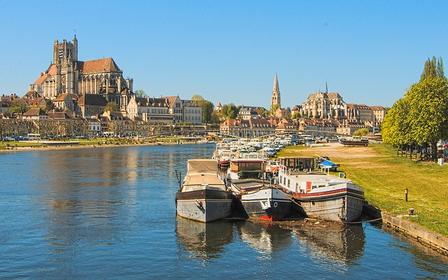
Abbaye de Vézelay is a UNESCO World Heritage Site and a magnificent Romanesque monument located in the town of Vézelay, in the Burgundy region of France.
This historic abbey is famous for its splendid architecture, impressive sculptures, and artistic treasures.
What to see or do: Visit the Basilica of Sainte Marie-Madeleine, one of the most important pilgrimage destinations in medieval Christendom, and admire its impressive architecture and stunning stained glass windows.
Explore the Abbey’s crypt and the remains of the medieval cloister.
Don’t miss: The tympanum, a masterpiece of Romanesque art, depicting scenes from the Last Judgment. Look out for the intriguing sculptures of unusual creatures including a sphinx, a centaur, and a mermaid.
Insider travel tips: Take a guided tour to fully appreciate the history and magnificence of this famous abbey. Attend one of the concerts or events that are regularly held in this extraordinary and spiritual setting.
If you’re lucky enough to be there on a clear day, climb up to the top of the hill for a breathtaking view of the surrounding countryside.
14. Château de Tanlay
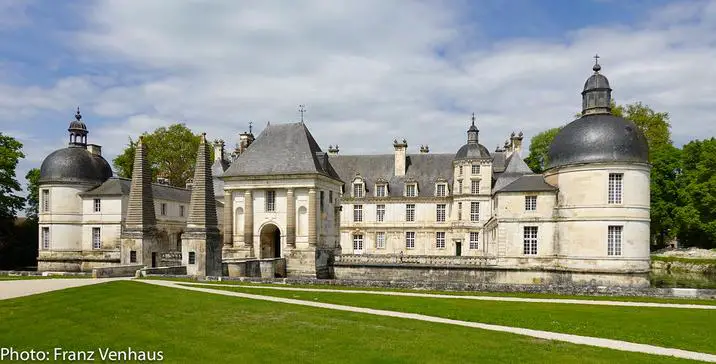
Château de Tanlay is an impressive Renaissance castle located in the heart of Burgundy, France.
What to see or do: Visitors can explore the beautiful castle grounds, which include a moat, gardens, and a large pond.
Inside, there are numerous well-preserved rooms, including a grand ballroom, chapel, and dining hall, each with intricate detailing and beautiful furnishings.
Don’t miss: Be sure to check out the castle’s impressive collection of artwork, including paintings by Rubens and Van Dyck.
Additionally, make sure to take a stroll through the castle’s picturesque gardens, which are often said to be some of the most beautiful in France.
Insider travel tips: If possible, try to plan your visit on a sunny day, as the castle’s gardens are particularly stunning in the sunshine.
Additionally, consider taking a guided tour of the castle, as the guides are knowledgeable and can provide interesting historical context for the castle and its surroundings.